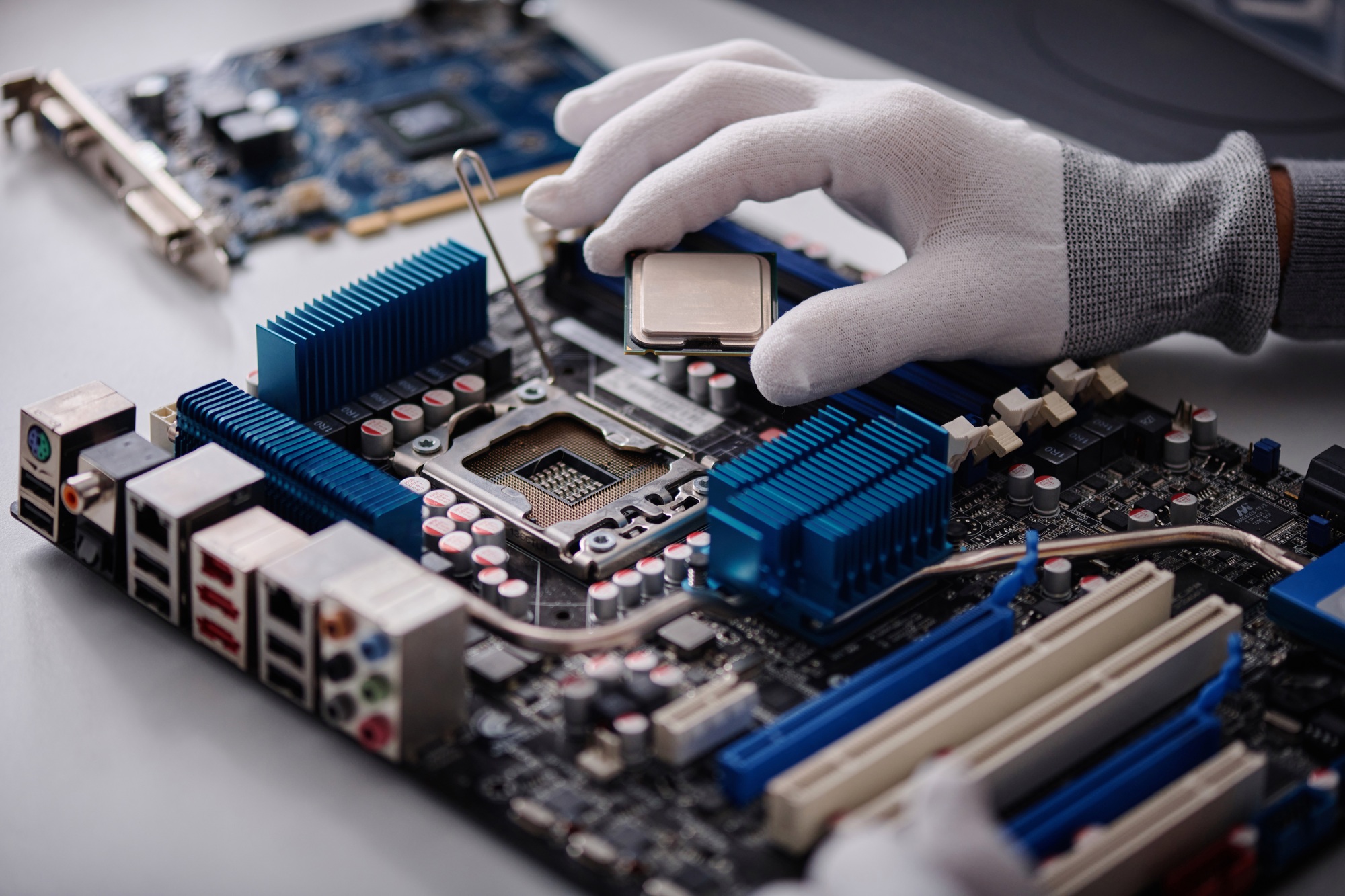Nvidia (NASDAQ: NVDA) has faced some rough trading days recently, with shares down around 25% year-to-date. The latest blow? A $5.5 billion charge tied to its H20 graphics processing units (GPUs), stemming from tightened U.S. export restrictions targeting China and other regions. But while the headlines sound bleak, this drop could actually present an attractive entry point for long-term investors.
What Triggered the Selloff?
Nvidia’s H20 chip was crafted as a lower-spec alternative to its H100 and H200 GPUs, tailored to comply with previous U.S. export controls. These chips offered reduced bandwidth and interconnect speeds — essentially, a “China-friendly” version of its cutting-edge products. But new rules require specific export licenses, effectively cutting off access for even the toned-down H20.
China, Nvidia’s fourth-largest market, delivered $17 billion in sales in fiscal year 2024. But last quarter, revenue from China was already down 50% due to earlier restrictions. The new export control compounds that problem, but investors may be overreacting to short-term noise.
Why the Dip Could Be a Golden Buying Opportunity
First off, not all Nvidia chips are off-limits. The company still sells other models like the L2 and L20, which remain in circulation — and let’s not ignore the existence of a robust gray market for Nvidia GPUs in China. That demand isn’t vanishing anytime soon.
Additionally, China lacks a homegrown alternative that can truly compete. While Huawei has stepped up with domestic AI chips, production hurdles persist. Huawei’s manufacturer, SMIC, is cut off from the EUV lithography machines needed for next-gen chip manufacturing. These tools, built only by ASML, are also restricted under current regulations. That puts a natural limit on how quickly China can close the technology gap.
Nvidia’s Strategic Reallocation Could Offset the Hit
With the H20 market closing, Nvidia has the option to redirect production lines toward more profitable products like Hopper and Blackwell chips. These flagship models command 2–4x the price of H20 units, meaning that, over time, Nvidia could offset lost revenue with higher-margin sales.
While retooling isn’t instantaneous, it’s feasible. Since H20 shares the same die as Hopper, transitioning production should be relatively smooth. Shifting to Blackwell is trickier due to its dual-die architecture and reliance on advanced packaging capacity at TSMC, which is already tight. Still, if Nvidia can secure that capacity, it could supercharge revenue in late 2025 and beyond.
The Long-Term Case for Nvidia Remains Strong
Despite regulatory turbulence, Nvidia remains the undisputed leader in AI infrastructure, and demand for its high-performance GPUs isn’t slowing. The company’s deep integration with hyperscalers, its leadership in developer ecosystems like CUDA, and the surging momentum in enterprise AI adoption mean Nvidia is more entrenched than ever.
In short: yes, the $5.5 billion charge stings, and yes, China’s a key market. But Nvidia’s global demand, innovation pipeline, and pricing power offer ample levers for recovery — and possibly outperformance — once the dust settles.
For investors with a medium- to long-term horizon, this could be a strategic moment to accumulate shares.







